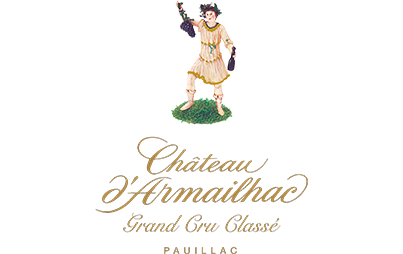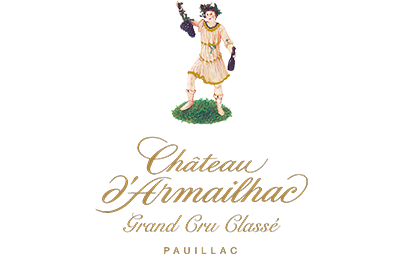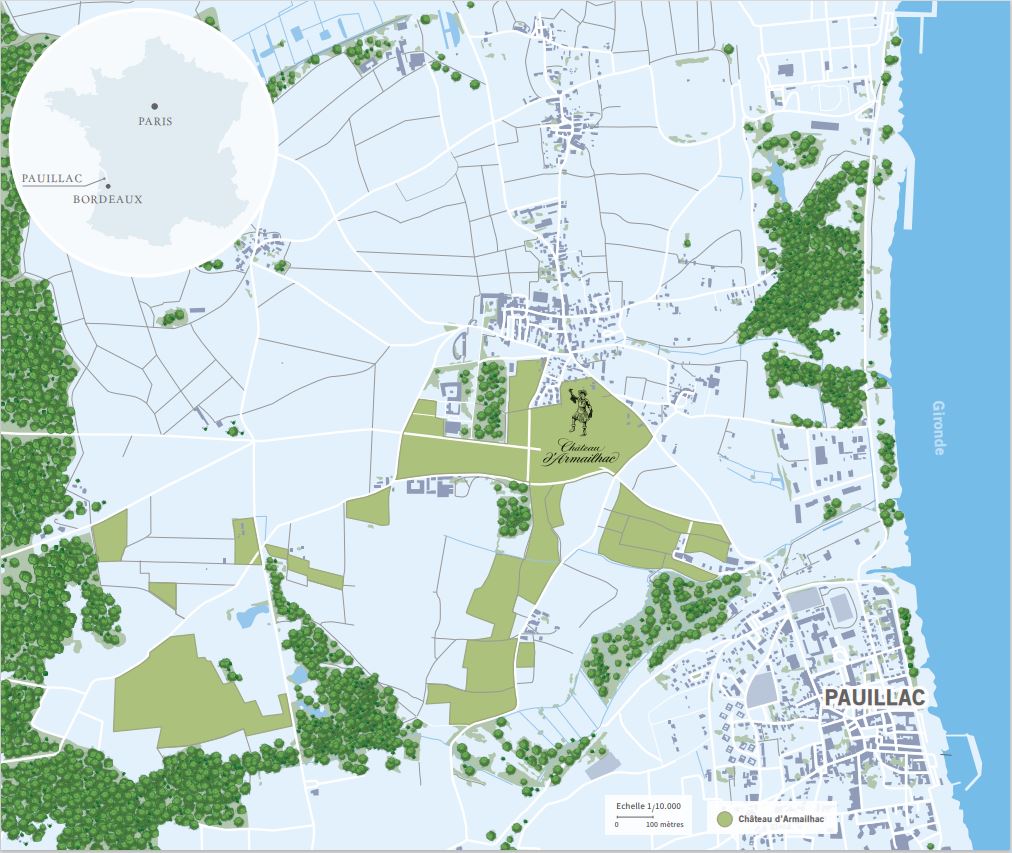- Home
- The History
- The vineyard
- The estate
- Vintages
- Château d’Armailhac – 1989
- Château d’Armailhac – 1990
- Château d’Armailhac – 1991
- Château d’Armailhac – 1992
- Château d’Armailhac – 1993
- Château d’Armailhac – 1994
- Château d’Armailhac – 1995
- Château d’Armailhac – 1996
- Château d’Armailhac – 1997
- Château d’Armailhac – 1998
- Château d’Armailhac – 1999
- Château d’Armailhac – 2000
- Château d’Armailhac – 2001
- Château d’Armailhac – 2002
- Château d’Armailhac – 2003
- Château d’Armailhac – 2004
- Château d’Armailhac – 2005
- Château d’Armailhac – 2006
- Château d’Armailhac – 2007
- Château d’Armailhac – 2008
- Château d’Armailhac – 2009
- Château d’Armailhac – 2010
- Château d’Armailhac – 2011
- Château d’Armailhac – 2012
- Château d’Armailhac – 2013
- Château d’Armailhac – 2014
- Château d’Armailhac – 2015
- Château d’Armailhac – 2016
- Château d’Armailhac – 2017
- Château d’Armailhac – 2018
- Château d’Armailhac – 2020
- Château d’Armailhac – 2019
- Château d’Armailhac – 2021
- Château d’Armailhac – 2022
- Château d’Armailhac – 2023
En Primeur – Available soon
- Contact
- Legal
- The technical facilities
- Privacy Policy
- The team
- DP


